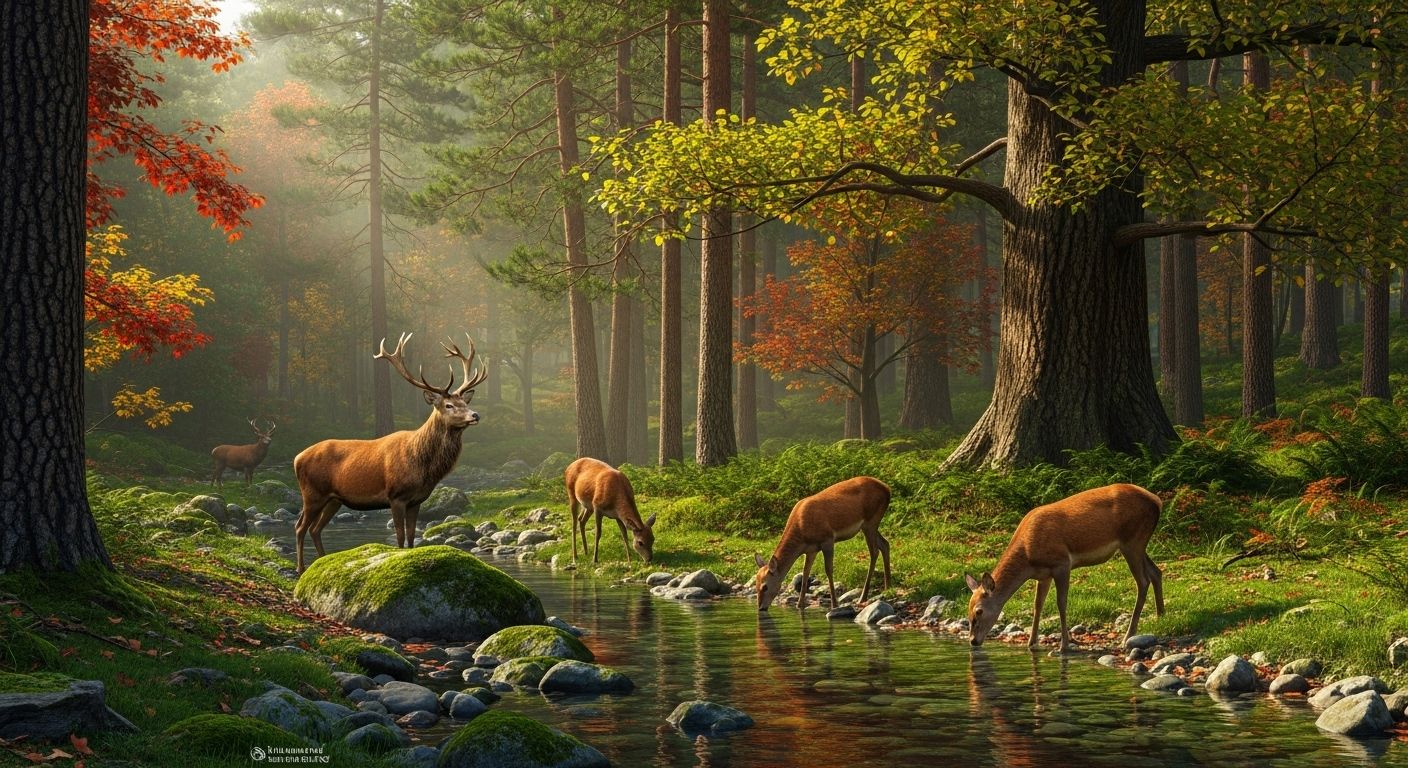
Life on Earth is anything but static. Across millions of years, living organisms have undergone remarkable transformations—adapting to shifting environments, diversifying into countless forms, and evolving into entirely new lineages. These processes have shaped the extraordinary biodiversity we see today, from the simplest microbes to the most complex animals and plants.
In this course, you’ll journey through the mechanisms that drive evolutionary change, uncover the role of natural selection in shaping traits, and see how speciation gives rise to new species over time. You’ll also learn how scientists map these relationships on the Tree of Life, revealing the deep connections that unite all living things. Together, these lessons provide a powerful perspective on how life evolves, adapts, and continues to flourish on our ever-changing planet.
You’ll begin with Natural Selection & Evolution, where you’ll see how variation, adaptation, and survival shape species across generations. From there, you’ll move into Speciation & The Tree of Life, which reveals how new species form and how scientists classify all living things within the broader story of evolution.
You’ll learn how to:
Explain how natural selection drives evolutionary change.
Identify the role of variation and adaptation in survival.
Describe the main mechanisms of speciation (allopatric, sympatric, etc.).
Understand the Tree of Life and how scientists classify organisms.
Appreciate the connections between biodiversity, conservation, and evolution.